As a result of recent Executive Orders, many employers are wondering what they can and can’t do when it comes to diversity, equity, and inclusion efforts. One thing is certain: merit is not the opposite of diversity. After all, to find the most qualified candidate for the job, you must reach as many people as possible. In the latest episode of the DE Talk Podcast, we sat down with Industrial-Organizational Psychologist Dr. Courtney Bryant Shelby to discuss the evolution of inclusionary efforts from past to present to future. Let’s see what she had to say about its effect on recruiters in this short snippet of our insightful conversation with her!
Mikey Meagher:
What kind of pressures or anxieties, if any, do you anticipate that recruiters will face in this changing landscape?
Dr. Courtney Bryant Shelby:
Good question, because hiring is a big target right now, and I definitely could see anxiety and pressures around where people recruit currently. I mean, there’s so many places to recruit for new employees commonly at the college level, there’s some purposeful recruitment from historically black colleges or universities. There’s all types of HBCU job fairs and efforts. I would definitely recommend people do not scale back on those because again, anybody can attend those. There’s nothing illegal about going to different schools, no matter the school’s demographic. There’s nothing illegal about that. Similarly, we have organizations that recruiters go to like the Society for Hispanic Professionals. There’s NSBE, the National Society for Black Engineers. There is SWE, the Society for Women Engineers. But again, there’s nothing wrong with recruiting at these conferences. There’s nothing that says that men or any other demographic are not welcome at the Society for Women of Engineers. They absolutely are. And when you take a look at the numbers and what the demographics of the people that you recruit from that conference look like, they’re often diverse. And by diverse, I’m not describing one population that is not what diverse means. Diverse means, ‘When I look at the people that I recruit, there’s a very great mix of men, women, races, ability level languages, school background, all kinds of things.’ And so I would encourage recruiters to not give into those pressures to scale back on those efforts.
Mikey Meagher:
Do you think some of that also has to do with maybe a new recruiter in the industry and you’re hearing everything that’s going on, and do you think that there’s some anxiety that they might feel like they’re making mistakes in terms of their approach to recruiting and I guess not wanting to make a mistake or feel like that they’ve done anything to maybe get the organization in trouble or something like, because there’s just so much talk surrounding it?
Dr. Courtney Bryant Shelby:
Yes, absolutely. No employee wants to be liable for the downfall or a lawsuit of a company because they feel like they did something wrong. And actually, that same fear is commonly the fear for all diversity, equity, and inclusion work. Even when you’re just in a workshop, people sometimes are afraid to say the wrong thing. They don’t want to be seen as this bad or evil person or a person that’s doing the wrong thing. So, I would recommend that recruiters themselves really look into the research and understand what is legal, number one, and how to do these practices the right way. So, for example, we are going back to the conversation about merit. Merit is not the opposite of diversity. And so, I would encourage them to think about if your processes are seeking merit and seeking the best candidate, what barriers can you remove to getting the best candidate? What do the barriers even look like? If you have only applications on LinkedIn, how do you reach people without internet access, who still might be geniuses? How do you reach people that don’t have a LinkedIn profile or is not filled in very well? How do you remove those barriers to finding the best person?
Mikey Meagher:
Yes, that’s a really great point. Removing the barriers, and that’s exactly what this work is meant to do. And now, I know you’re not a psychic, but I feel like all your research might point you in that direction. But if you were to predict where inclusionary efforts are headed in the next five to 10 years, what are the biggest shifts you see coming?
See what Dr. Courtney Bryant Shelby predicts for the future of inclusionary efforts, metrics employers should be looking at, and tips for fostering authenticity and belonging in your workplace by tuning in to the full episode! Want more DE Talk? Sign up for email notifications or text alerts to never miss a new episode! We’ll be back in a few weeks with another great conversation – stay tuned!
